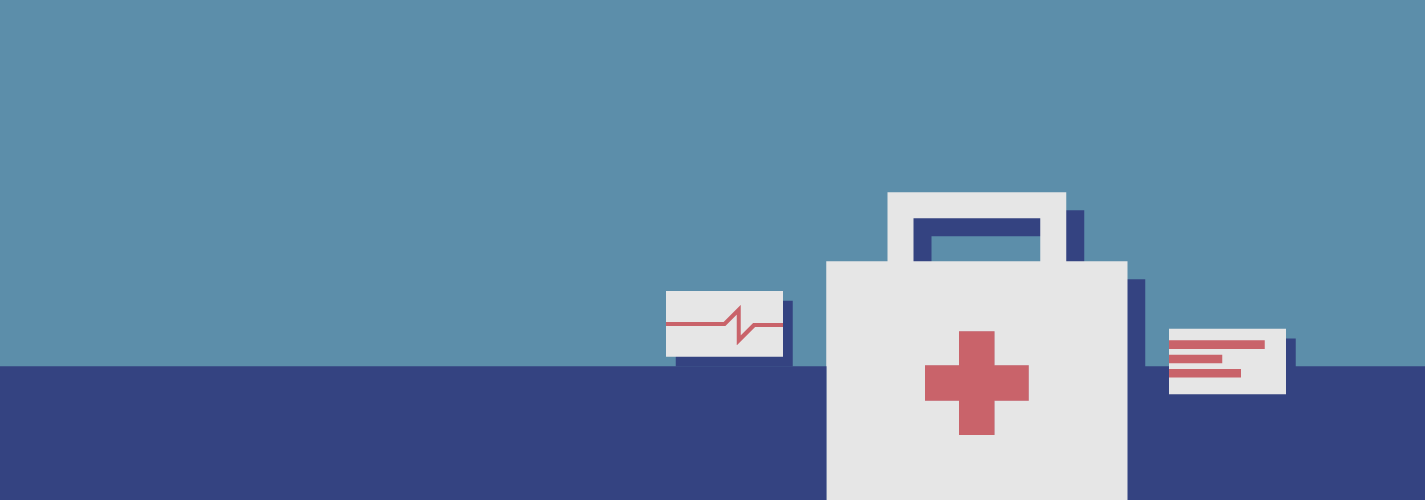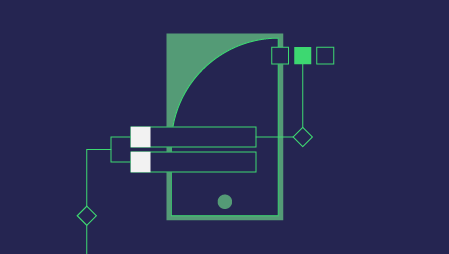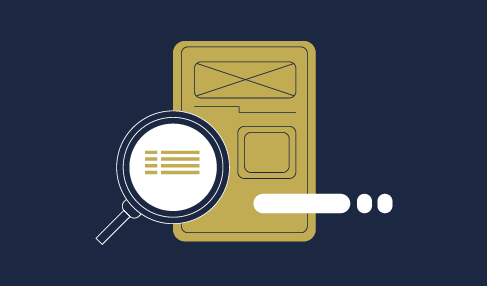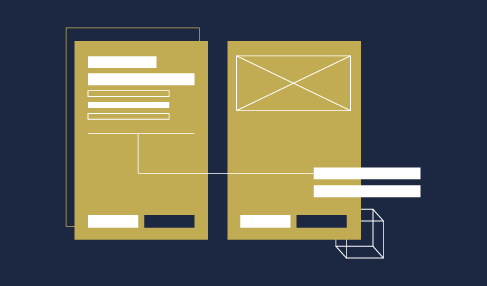My six-year background in Biotech
The San Francisco Bay Area is known for a lot of things. The booming tech industry was started not long ago, in the 1980s. Before that, a different and growing industry developed: biotech. Founded in 1976, Genentech was one of the first of many successful Bay Area biotech companies.
Genentech is the epitome of what it means to put patients first. Do things right the first time. The giant plaque in every office “Quality is every patient’s right, and every employees’ responsibility,” was an everyday reminder that employees’ contributions mattered. Working in the quality department meant working with precision, following protocols and guidelines; one mistake and someone actually could die.
Switching over to Design
Graduating from UC Davis with biological sciences and psychology degrees meant that working in healthcare was the obvious choice and getting a job at Genentech right out of college is every immigrant parents’ dream for their children. That did not hold true over time, though. Science was great and important, but it wasn’t my dream. My dream was to design: To make an impact through thoughtfully crafted experiences and products that could be used by millions. One can continue following the dreams of their parents, or take everything that one has learned and follow their own.
Science was hard, but switching careers was harder. I spent countless hours after work reading, learning, and practicing how to design products people love, the design of everyday things, and creating designs that don’t make people think. The world of design was endless and exciting. After more than a year of learning, and being motivated by intrinsic passion, the transition was successful. It was time for a new adventure.
Learnings
After designing for various industries, it’s necessary to reflect on how working in biotech translates over to product design. A lot of people ask: Aren’t the two drastically different? Surprisingly, not so much. Having worked at Genentech for close to six years, I learned many lifelong lessons that were transferable to design.
Product design is not just about making things aesthetically pleasing, it is about whether the product works the way it was designed for the users in mind. It is about understanding people, having empathy for others, and putting aside intrinsic needs and wants. It is about research, lots and lots of research, to try doing things the right way, with data to back up your decision. It is about communication, listening to your users and their needs, and creating something that people want to use.
So much of product design is like working in biotech. People matter, and their needs and their experiences should be at the center of the designs. Just like biologists, designers go deep into research to prepare themselves for a successful output. They follow guidelines and standards to make sure their designs are accessible and usable.
Both frequently experience failures. However the biggest difference for designers is their failures are rarely catastrophic. The beauty of design is the undervalued opportunity to learn and iterate quickly that most professions don’t have. This change in mindset was difficult because being right the first time was ingrained in me at Genentech, but being right is subjective in the design world. Being “right” depends on the context, the user, and the technology. At the end of the day, designers only can do their best to craft an experience and solution to meet a particular need.
Designing in Healthcare today
In the last year, healthcare has been more relevant and critical than ever before. Luma Health, a healthtech company, is a ”total patient engagement” and mobile communication solution to improve access and efficiency for healthcare organizations. Working at Luma Health for the past year has been exciting, impactful, and meaningful. 2020 brought us unexpected challenges and hardships that really pushed healthcare to its limits.
Designing in healthcare is always difficult, but this year has been a league of its own. The demand is high and time is critical. As soon as the pandemic hit, Luma Health knew that all of its hundreds of healthcare organizations were dependent on a fast, reliable, and safe way to reach their workers and patients. With new COVID-19 restrictions enacted in every state, more and more organizations needed to find ways to work and communicate remotely. Luma Health recognized this need from the very start and quickly came up with COVID-19 solutions.
One critical solution was a Zero Contact Waiting Room. Many states had restrictions on how many people could be in an enclosed area at one time. Given how contagious COVID-19 was, medical facilities’ waiting rooms were no longer a safe space for large numbers of ill patients to congregate and wait for their appointment. The goal was to design a way to virtually increase the size of waiting rooms to accommodate social distancing and safety protocols. To do this, we had to do extensive research, interviewing physicians, clinics, and patients to understand their needs and workflows.
Time was of the essence. This feature was being worked on at the beginning of May, at the time some states began lifting their restrictions. If the feature did not get released quickly, it would become irrelevant. However, this was not the time to cut corners. The design still went through multiple iterations based on quantitative and qualitative feedback before it went live. When it did, hundreds of clinics were able to allow patients to wait to see their provider from virtually anywhere, with a series of automated communications that let them know when it was their turn to see their provider and directed them to the right exam room at the right time. Face-to-face interactions were eliminated. Pre-configured workflows powered the entire process, so the front office staff members were freed from manually managing patient flows.
How can we simulate the same experience of a physical waiting room through a virtual one? On the patients’ side, we designed a way for them to confirm their appointments, virtually check in through text messaging, and notify them when they safely could come inside to see their physician. On the clinic’s side, we designed a way for a team member to start a one-on-one, two-way text message conversation to let the patient know when a physician would be available to see them, or send out links to custom intake and screening forms that need to be completed while the patient waited. Staff even could initiate video chats or set up an on-demand telehealth visit between the patient and a member of the care team. Everything is automated and seamless. We defined what it meant to get people in and out of the clinics efficiently, and for everyone to feel safe.
Designing in healthcare is exciting and definitely has its challenges. Sometimes it’s a race against time, conflicting needs, healthcare restrictions, and, in rare occasions, pandemics. Whether it’s making life-saving drugs or changing what it means to check in at a doctor’s office, at the end of the day, the focus always should be on the users and how the technology we design can make a huge impact on their lives. As design and healthcare converge more in the future, the opportunities for innovation are truly endless.





